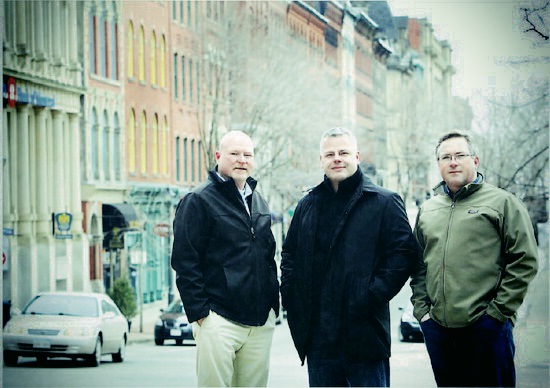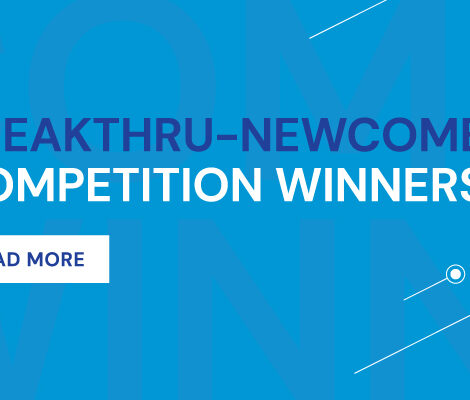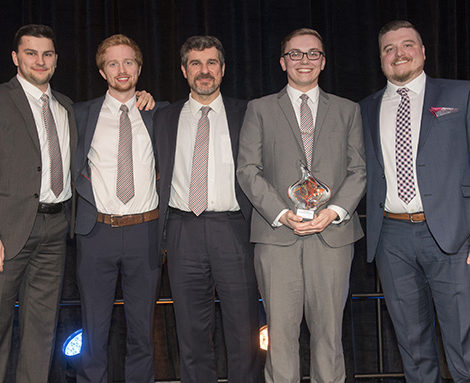- March 14, 2013
- Breakthru
- Comments : 0
Telegraph Journal Profiles Breakthru Finalist RTV Group

By Jennifer Campbell for The Telegraph Journal | link to original article (subscribers only)
It all started when James Stewart worked for the Saint John Police Force as a crime analyst. While there, he developed a methodology that can identify people who are likely to drink and drive. Unfortunately, he was the only person who could analyze the data, so when he moved on from the force to Bell Canada, the system fell by the wayside.
But now, it's coming back, this time as a small business that's pitted against four others in the final of the New Brunswick Innovation Foundation's Breakthru Business Plan competition. The contest culminates at a gala March 20 at the Delta Fredericton hotel.
The total prize lot for the challenge is $406,000, which is made up of both cash and professional services and is divided between a first-place winner and two runners-up. The grand-prize winner gets a $100,000 cash investment from the NBIF, up to $60,000 cash incentives from N.B. Growth Program, $5,000 in legal services, $12,000 in financial advisory services from Deloitte, $10,000 in branding services from Orange Sprocket, $5,000 in intellectual property law from Bereskin & Parr for a total value of $192,000. Each of the other winners gets $50,000 in cash investment and additional services.
“We're trying to tell people they can have a hand in the fight against impaired driving,” said Stephen Goddard, one of the company's three founders (along with James Stewart and Keith Dunphy).”The No. 1 factor that goes into whether someone drinks and drives is the risk of getting caught. As long as we increase even the perceived risk, it might reduce the numbers.” Goddard hopes to raise the profile of the company to attract socially minded investors.
“We want to get people talking and get the profile up so we can raise the funding we need to actually finish development and get this tool out to as many law enforcement agencies as we can,” Goddard said.
To develop their business plan for the Breakthru competition, the founders were allowed to use the Saint John Police Force's data, which gave them a good opportunity to prove their concept.
Over the course of its development, Goddard said, they did hear from one group – presumably a law-enforcement agency – that had failed in developing its own system.
“They saw James' paper and then called him,” Goddard explained. “They asked him 'Do you think you could do this for us?' We said we'd get back to them.” Technically, they're not in business yet because they have no funding and no working capital.
“If we win Breakthru, that's $100,000 of funding, which means we can hire the programmers we need to start doing some of this work,”he said.
“And then we can go to, in particular, this force and say we will build it for you.” At this point, he said, funding is their biggest challenge and the No. 1 constraint to going operational.
“We need to have a funding runway that'll take us through development and get us through the trials and deployment.” The methodology that Stewart developed involves several hours to pinpoint each potentially dangerous car and driver so the idea is to build software that will automate the process.
Goddard says they wouldn't have pursued this as a business without the impetus of the Breakthru competition, but whether they win or lose “we're having trouble imagining not pursuing this. It's a really good concept that's desperately needed and it's such a worthy cause.” Even if its commercialization prospects don't seem as lucrative on the surface as some, that doesn't mean it shouldn't be done, he said. “It just means we need to figure out how we'll do it.”

